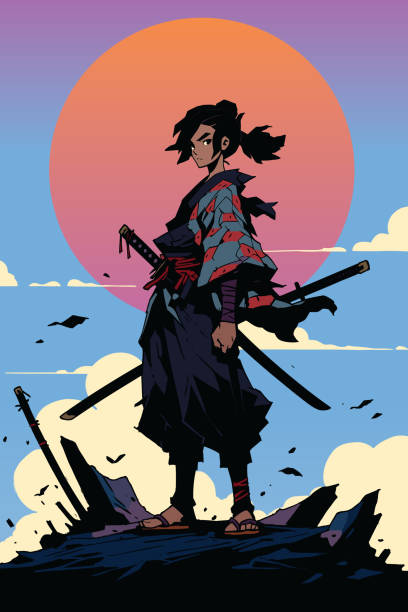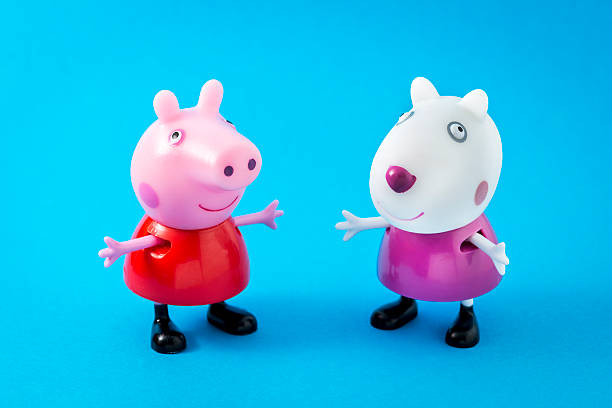The Wonderful World of Animation: Bringing Still Images to Life
Animation, the art of creating moving images from static ones, has captivated audiences for centuries. From the flickering shadows of ancient cave paintings to the dazzling CGI spectacles of today, animation has constantly evolved, pushing the boundaries of storytelling and visual effects.
This article delves into the captivating world of animation, exploring its history, various techniques, and its enduring impact on art, entertainment, and even education.

A Brief History of Animation: From Shadows to Screens
The desire to bring stillness to life is a primal human impulse. While the concept of animation stretches back to prehistoric times, the animation we recognize today began to take shape in the 19th century.
- Early Techniques: Pioneering devices like the zoetrope and the phenakistoscope created the illusion of movement by rapidly flipping through a sequence of images. These inventions paved the way for cell animation.
- The Birth of Cel Animation: Cel animation, the dominant technique for much of the 20th century, involved hand-drawn or painted characters on transparent celluloid sheets layered over a background. Classic Disney films like Snow White and the Seven Dwarfs (1937) and Warner Bros. Looney Tunes cartoons were all created using this meticulous method.
- Stop Motion Takes Center Stage: Stop motion animation, a technique where objects are physically manipulated in small increments and photographed frame-by-frame, brought life to iconic characters like Wallace and Gromit from Aardman Animations.
- The Rise of Computer Animation (CGI): The latter half of the 20th century saw the rise of computer animation (CGI). With increased computing power, animators could create 3D characters and worlds, revolutionizing the animation industry. Films like Avatar (2009) and Spider-Man: Into the Spider-Verse (2018) pushed the boundaries of what was possible with CGI.
- The Future of Animation: Animation continues to evolve. Today, a combination of traditional and digital techniques are often used, creating a rich and diverse animation landscape. The future holds promise for even more immersive and interactive animation experiences, with virtual reality and augmented reality playing an increasingly important role.

Exploring the Different Types of Animation:
The world of animation is vast and encompasses a wide range of techniques, each with its own distinct look and feel:
- 2D Traditional Animation: This is the classic hand-drawn animation style, still beloved for its expressive characters and timeless charm.
- 3D Animation (CGI): 3D animation allows for the creation of realistic or fantastical characters and environments, offering immense creative freedom.
- Stop Motion Animation: Stop motion gives a unique, handcrafted feel to animation, with techniques like claymation (using clay figures) and puppet animation bringing characters to life in a tangible way.
- Cutout Animation: This technique involves manipulating pre-cut paper or fabric figures to create a distinct visual style.
- Motion Graphics Animation: Often used for explainer videos, advertisements, and title sequences, motion graphics animation utilizes graphic design principles to create dynamic visuals.

The Power of Animation: Beyond Entertainment
Animation is not just about entertaining audiences. It's a powerful medium that can be used for education, social commentary, and artistic expression:
- Educational Animation: Complex concepts can be made more engaging and understandable through animation, making it a valuable tool for educators.
- Social Impact Animation: Animation can be a powerful tool for raising awareness about social issues and promoting positive change.
- Art and Animation: The world of animation is a canvas for artistic expression. Independent animators are pushing the boundaries of storytelling and visual aesthetics.

Conclusion: The Enduring Magic of Animation
Animation's ability to transport us to imaginary worlds, evoke emotions, and spark our imaginations solidifies its place as a cherished art form. As technology continues to advance, the possibilities for animation are limitless. One thing remains certain: animation will continue to capture hearts and minds for generations to come.









































